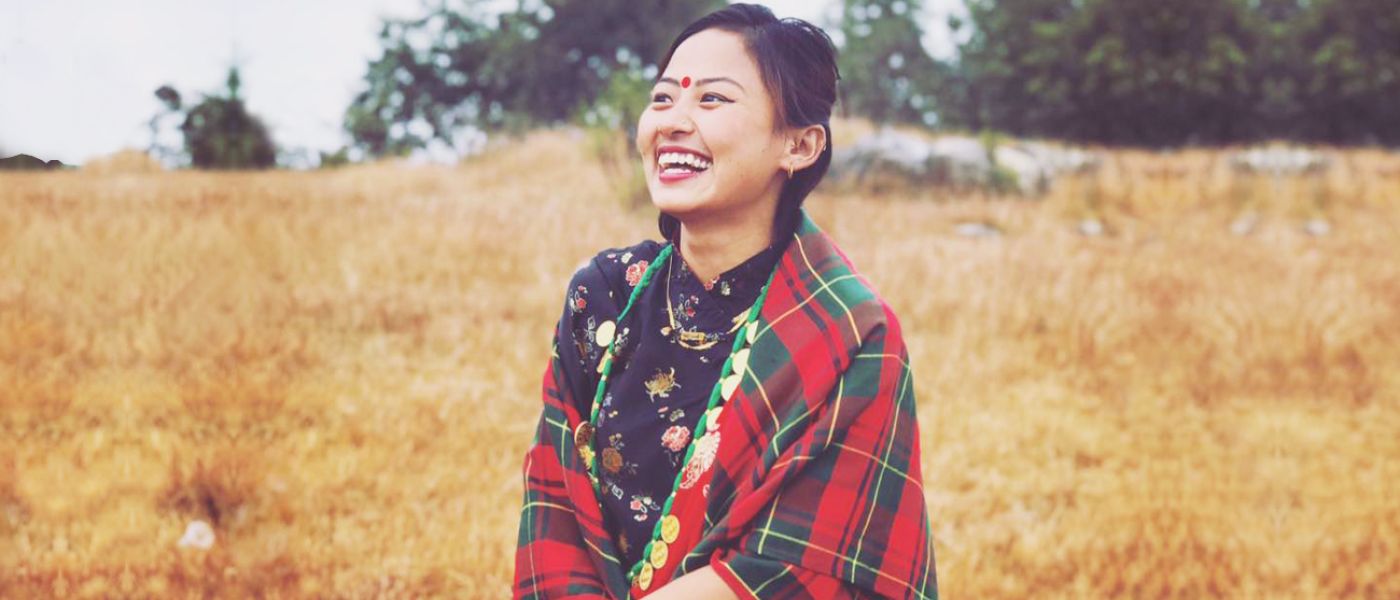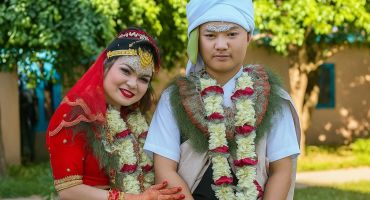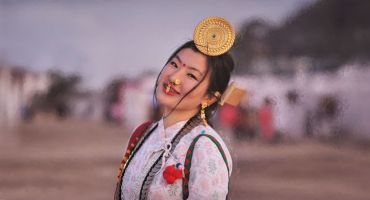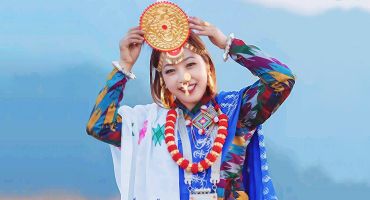In The Gorkha Soldier, a publication by Major H.R.K Gibbs of the British Army in 1944, he wrote, “the great Magar tribe is divided into seven clans viz:-Ale; Bura or Burathoki; Gharti; Pun; Rana; Roka and Thapa. While Northey and Morris’ famed research titled The Gorkhas, their manners, customs and country had mentioned only six “original” sub-tribes of the Magars in their publication, Gibbs added Roka to his list.
All are equal in social status and inter-clan marriages are usual and normal. A tribe can generally be considered a social section based on a genealogical notion of social structure. This is important to understand while studying sub-tribes – a concept that is more or less localized social units that sets them apart from each other. Often the term lineage is used but within the sub-tribe, there is a whole new clan structure which can be aptly called lineage that is exogamous in nature.

Much needed information about the Magar tribe can be found in the document archives of the British army. The records of the Gurkha regiment has been well documented. Though inter-clan marriages seemed to have been common in the Gurkha regiment, anthropologists say that this was obviously not the case in the villages, especially in the rural zones. There, the group was completely homogenous. This was because different clans of the Magars lived apart from each other. There were no means of communication between those clans and proper roads were uncommon. The clans also spoke unintelligible languages and followed different dietary restrictions.
Eden Vansittart, in Notes of Nepal (1894), also omitted the Buda and Roka Magars claiming that they became Magars not because of ethnicity but by settlement. He claimed that only “Allea, Burathoki, Gharti, Pun, Rana, and Thapa” were real Magars. Today, both Roka and Buda Magars are considered a part of the Magar tribe. Both clans inhabit the Baglung region and inter-clan marriage between them and the other Magar clans are quite common. Today it has been widely accepted that there are seven sub-tribes within the Magar tribe. But within these tribes, there are further branches or lineages that the Magars zealously adhere to.
In his research titled, The Hill Magars and their Neighbors, Jiro Kawakita classified the Magar tribe into two basic clans – 18 Magars and 14 Magars. This classification was done based on linguistic differences between the two groups. A marked distinction in their languages seemed to have come from living in different geographical regions. The 18 Magars live around the North-Western Himalayan region whereas the 14 Magars live around the Gandaki basin and the Terai regions of Lumbini.

Within each of these sub-tribes, there are various lineages that essentially form the Magar tribe. These lineages within the Magar sub-tribes weren’t merely created to demarcate or claim an inheritance. A close analysis of the names of these lineages tells us that many names have come from location, work, skills rather than just patrilineal descent.
Lineage names that come from places and locations seem to be prevalent among the Magars. For example, those Magars who lived close to the Bhuji River came to be called Bhujel Magars. Those who had migrated from Palpa to other places became Palpali Magars. Though such systems hardly fulfill the criteria of being called “lineage”, this practice within the Magar tribe seems normal because the Magars give more importance to the sub-tribe rather than lineage.
Writers like Eden Vansittart called these “lineages” kin groups. It was noticed by Vansittart that many men who aspired to join the British forces would falsify their documents by claiming their own “caste” to be a lineage of the great Magar tribe. “So many tribes nowadays claim to be Magars,” he wrote, “that to definitely settle which are, and which are not, entitled to the name, becomes a matter of great difficulty.”
Vansittart who claimed that only “Allea, Burathoki, Gharti, Pun, Rana, and Thapa” were real Magars said that the Bura Magars were actually a part of the Matwali Khas tribe of the East and not from the actual Magar tribe. However, this observation doesn’t hold much ground because Bura Magars are known to have always been speaking Kham Kura while the Matwali Khas speak Nepali.
Many scholars also believe that to claim to be a kin group of the Magars had always been desirable in the past. And this was not only because of the enticement of joining the British Army in the 19th century. This practice was prevalent as early as the 10th century when Mukunda Sen ruled beyond the western borders of Kathmandu. Mukunda Sen (though not himself a Magar), had hired various soldiers from the Magar tribe and provided position and prestige to the Magar surname. It is also believed that in addition to military prestige they also had a higher social status derived from massive wealth accumulation.





Leave a Reply